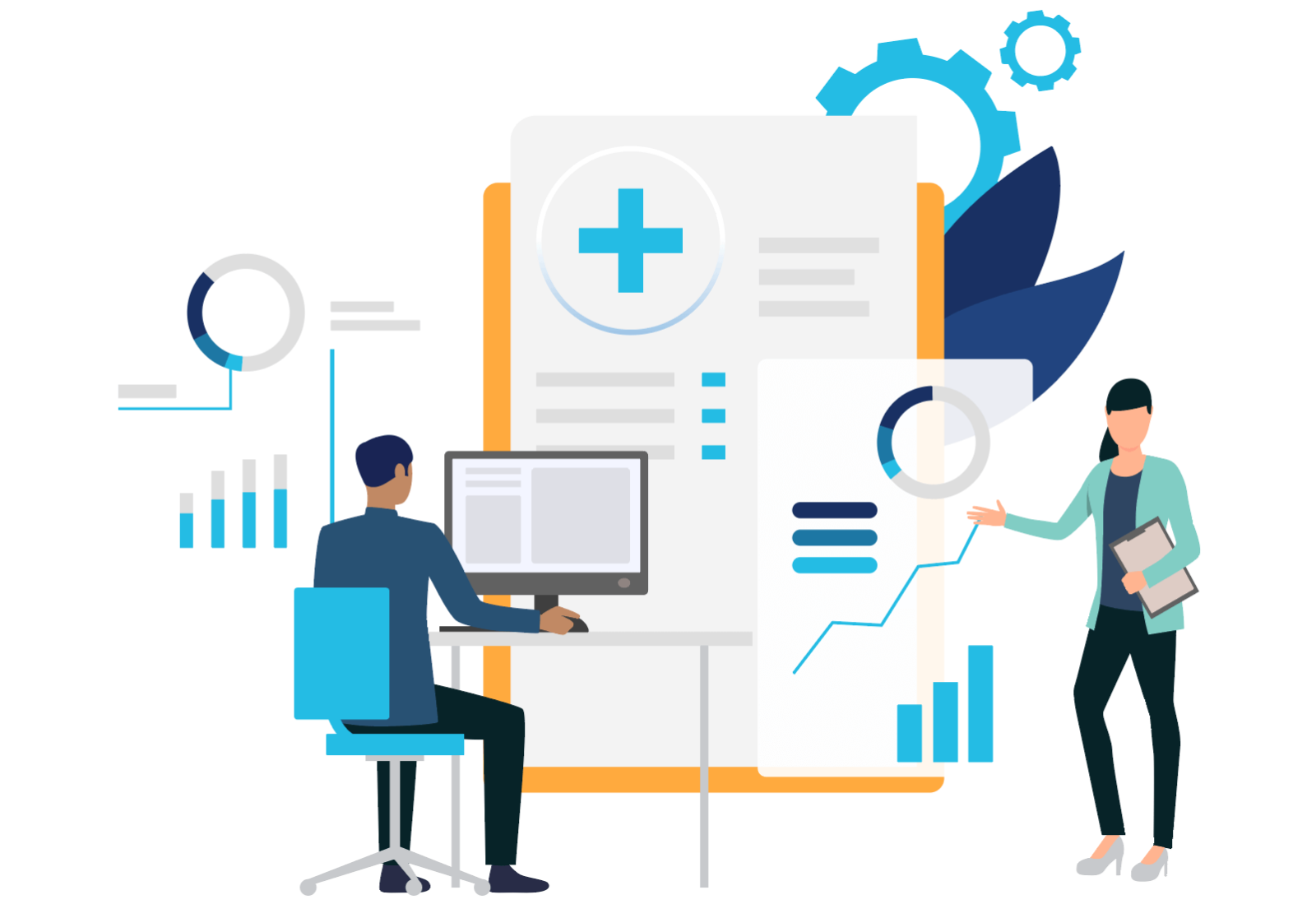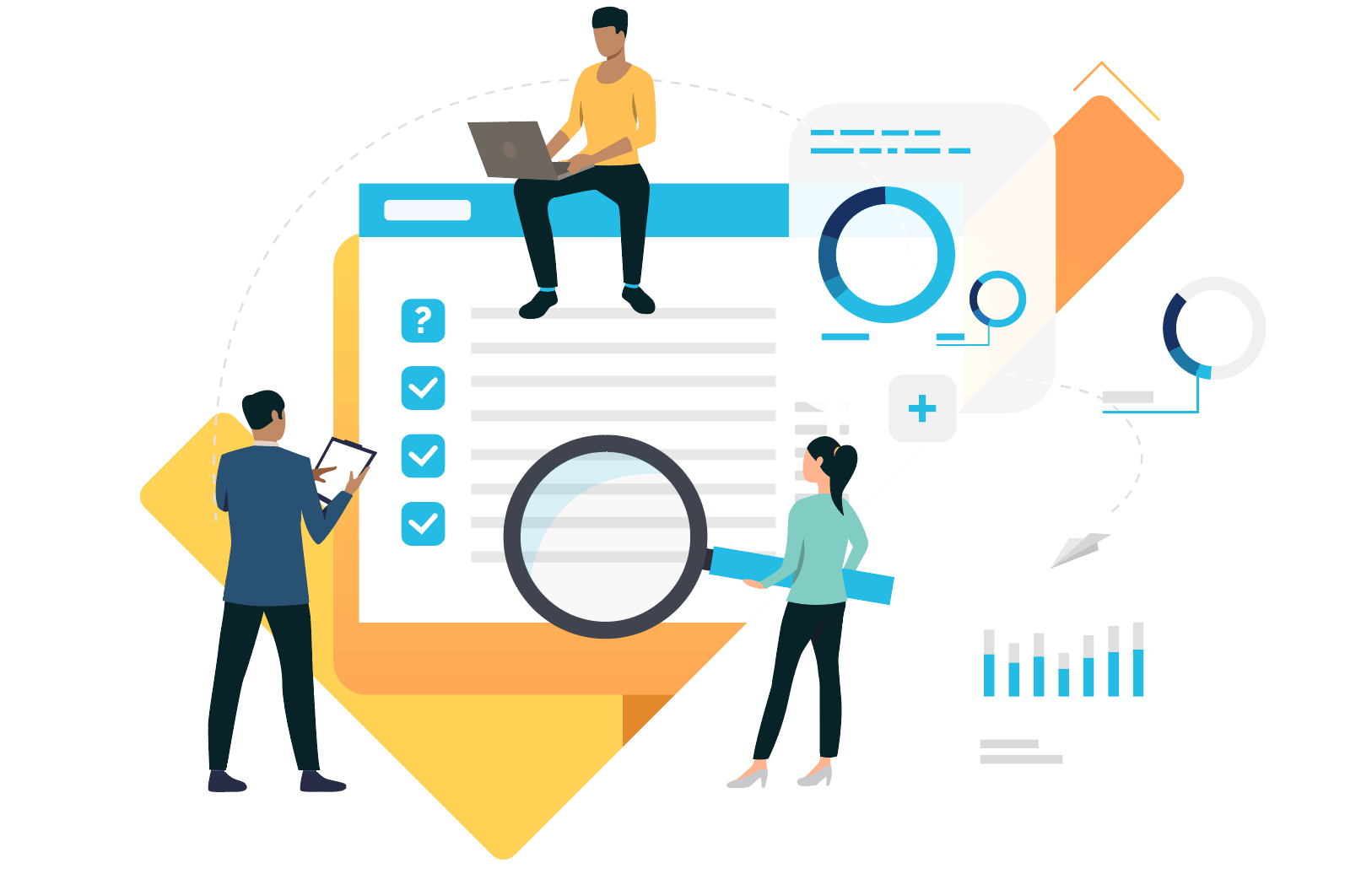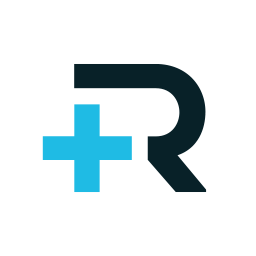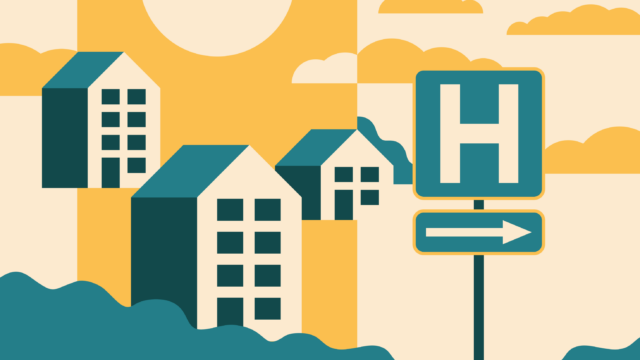A Closer Look at SDoH Reporting

Matt Swanson, Reema’s Co-Founder and Mallory Aud, Director of Client Services sat down to discuss the complexities of Social Determinants of Health (SDoH) reporting.
What do we mean by SDoH reporting? Why is it important?
Mallory:
SDoH are the facts about your environment. For example, it’s where people live, work, and age. I’ve also heard SDoH described as “the cause of the causes.” SDoH help us to ask what environmental conditions shape a person’s health. In the space between SDoH and a person’s health problems are often a range of social needs that can vary widely, and meeting those needs can play a significant role in improving a person’s health.
How can SDoH reporting be helpful?
Matt:
Evaluating and reporting on social determinants helps understand the social risk factors that exist in a given community. These reports can be extremely helpful for those evaluating and implementing policy because it helps them understand what underlying issues may be leading to externalities in the healthcare system. It can also help identify areas that need more targeted interventions by giving them a starting point on what kinds of social needs might exist in the area – which is a distinct concept from social determinants.
What does SDoH reporting look like right now—is there a universal standard?
Matt:
Whenever you need to measure something, it’s natural to create a survey tool, right? However, when you’re trying to measure the prevalence of social needs, there’s a wide range of survey tools, and the types of information they measure and the data they collect has a lot of variability. SIREN has a really helpful “Social Needs Screening Tool Comparison Table” available on their website. It breaks down the types of questions and topics used in 15 different screening tools.
Where things get really interesting is if we take a specific topic measured across multiple screening tools, like employment. When we review the table, we see that while multiple screening tools ask questions about employment, the type of information that they are collecting, and what they are ultimately measuring differs pretty dramatically. What we ultimately see when we look at this table is that there is no standard or shared taxonomy for SDoH reporting.
The issues at the heart of these questions are inherently intersectional, so a “one-size fits all” approach for social needs reporting isn’t possible.
As you might imagine, this can become really complex when we’re working across multiple entities who have created their own tools to identify social needs, such as ICD10 codes used by medical practitioners, or one of the survey instruments referenced by SIREN.The issues at the heart of these questions are inherently intersectional, so a “one-size fits all” approach for social needs reporting isn’t possible today. Social needs are a symptom of the underlying conditions created by a person’s social determinants. At the same time, creating any standardized form of measurement necessarily results in the loss of context.
One thing our industry does poorly, and I’m doing it right now, is struggling to remember to make distinctions between determinants and needs. When we think about Social Determinants of Health, that is even further behind than social needs. Social Determinants is best measured, today, by ACS (American Community Survey), but even that has gaps in areas like environmental factors, social inclusion, and structural conflicts that you’d have to go elsewhere to find.
Where are we seeing the gaps in SDoH reporting?
Mallory:
The importance of context is something that I want to emphasize, especially if we’re thinking about SDoH as “the cause of the causes.” If a member needs groceries, we can code that as “needing groceries.” However, what is the context of that need? Is it that they don’t have access to food in their neighborhood? Can they get out of their house to get food? Do they not have the money to afford groceries? In relating needs to SDoH reporting, context plays a significant role in how we translate needs into actionable steps.
How does Reema help to fill those gaps?
Matt:
When we’re working with clients, a lot of them have an established method of SDoH reporting, and we find that many of them are trying to assess how effective it is and what gaps might exist within their own reporting practices. What I’ve found is that Reema brings a lot of texture that demonstrates how nuanced the conditions our clients are trying to measure are. Our clients lean in and can start to think about these processes differently.
A lot of our clients ask Reema to add information about how we’re working with members so that this data is logged into their system, which can provide more context in their reporting. Additionally, some states have started requiring reporting on what kinds of referrals are being made, the organization that the referral is to, and the need that those referrals are helping to address.
In SDoH reporting, context plays a significant role in how we translate needs into actionable steps.
Mallory:
Reporting on referrals is a really helpful way to add back in some of the context that gets lost in other forms of reporting. What Reema does particularly well to fill those gaps is to help our clients better understand and saturate all of the different ways that they can collect SDoH data.

How does Reema approach assessments and surveys?
Matt:
For some members, the idea of having their responses logged in a formal assessment can create fear of potential repercussions due to a history of institutional distrust. Because of this, we encourage our Community Guides to have an adaptable approach: with some members, they might conduct a formal survey, whereas with others, they may need to take an informal, conversational approach that allows them to engage on a human level.
Having your health plan send you an assessment to fill out is a very different experience from sitting down with a dedicated Community Guide to talk through circumstances, health, and needs.
Jenn:
The difference I see is that if a health plan sends an assessment to a member and says “fill this out for us,” that experience feels very different from having a Community Guide sit down with a member asking them to talk through the assessment and their unique circumstances, identify what kinds of support they need, and begin the process of meeting those needs.
Matt:
Exactly. If a member is sent a survey with instructions, but they have no idea how it can tangibly help them, you’re unlikely to get honest or thorough answers. But if there’s a Community Guide who’s there to talk the member through the assessment, and while the member might not state directly what they need, the Community Guide is able to pick up on what their actual needs might be throughout the conversation.



